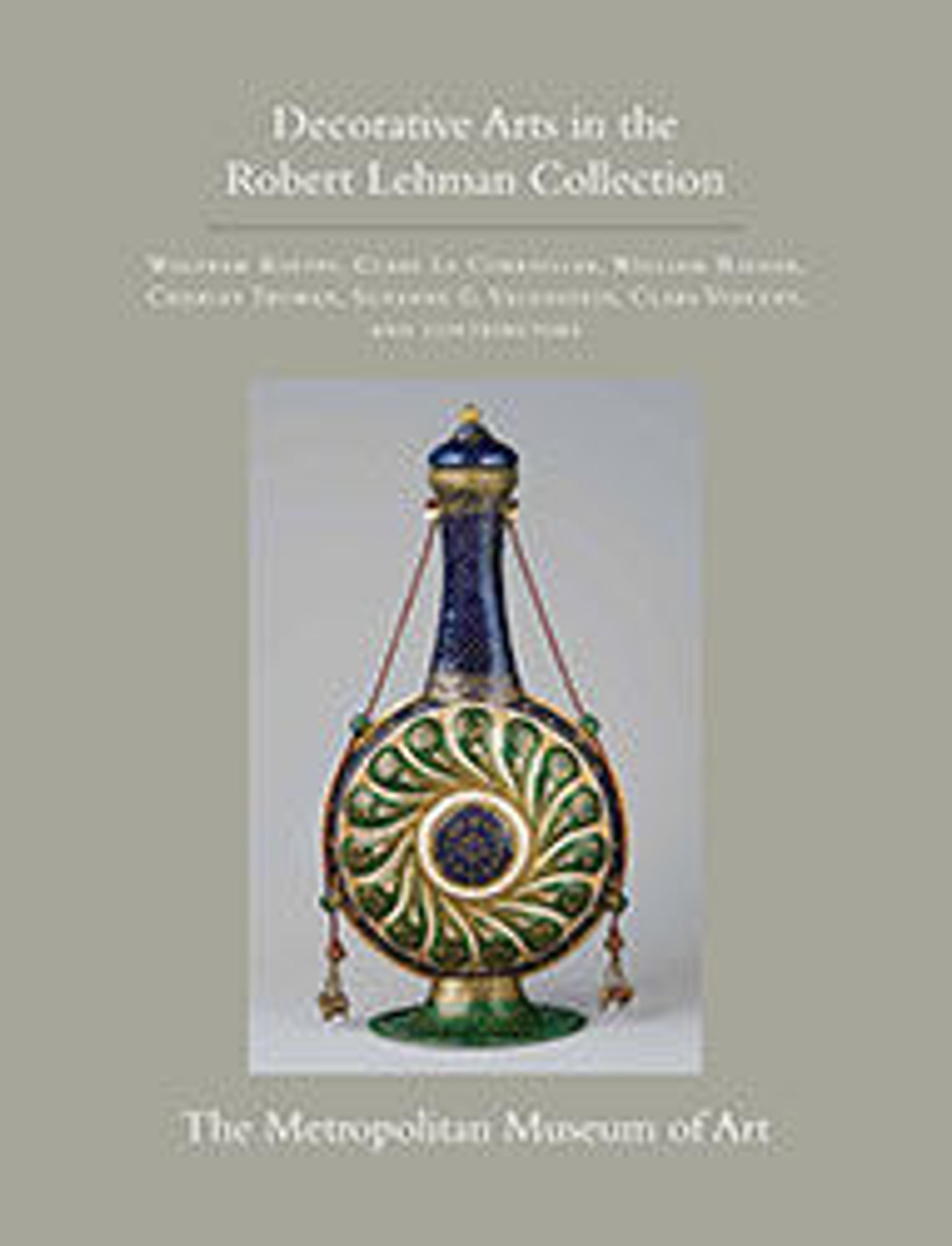Commode
This chest of drawers, veneered in marquetry and ornamented with gilt-bronze mounts, may be the work of the French cabinet-maker Pierre-Antoine Foullet. He was known for elaborate case pieces embellished with classical urns or floral ornament, and landscape scenes with architectural ruins. In the late 1760s Foullet often worked in collaboration with Leonard Boudin, who supplied him with furniture to be veneered.
Artwork Details
- Title:Commode
- Artist:Attributed to Léonard Boudin (French, 1735–1807, master 1761) , and
- Artist:Pierre-Antoine Foullet (French, 1746–1809)
- Date:ca. 1765–70
- Medium:Oak and pine veneered with stained maple, tulipwood, amaranth, and holly stringing, with marquetry of stained, shaded, and engraved maple, mahogany, amaranth, barberry and other marquetry woods; gilt-bronze mounts; marble top; brass rollers.
- Dimensions:H. 87 cm, W. 128.3 cm, D. 62.2 cm
- Classification:Woodwork-Furniture
- Credit Line:Robert Lehman Collection, 1975
- Object Number:1975.1.2033
- Curatorial Department: The Robert Lehman Collection
More Artwork
Research Resources
The Met provides unparalleled resources for research and welcomes an international community of students and scholars. The Met's Open Access API is where creators and researchers can connect to the The Met collection. Open Access data and public domain images are available for unrestricted commercial and noncommercial use without permission or fee.
To request images under copyright and other restrictions, please use this Image Request form.
Feedback
We continue to research and examine historical and cultural context for objects in The Met collection. If you have comments or questions about this object record, please contact us using the form below. The Museum looks forward to receiving your comments.
